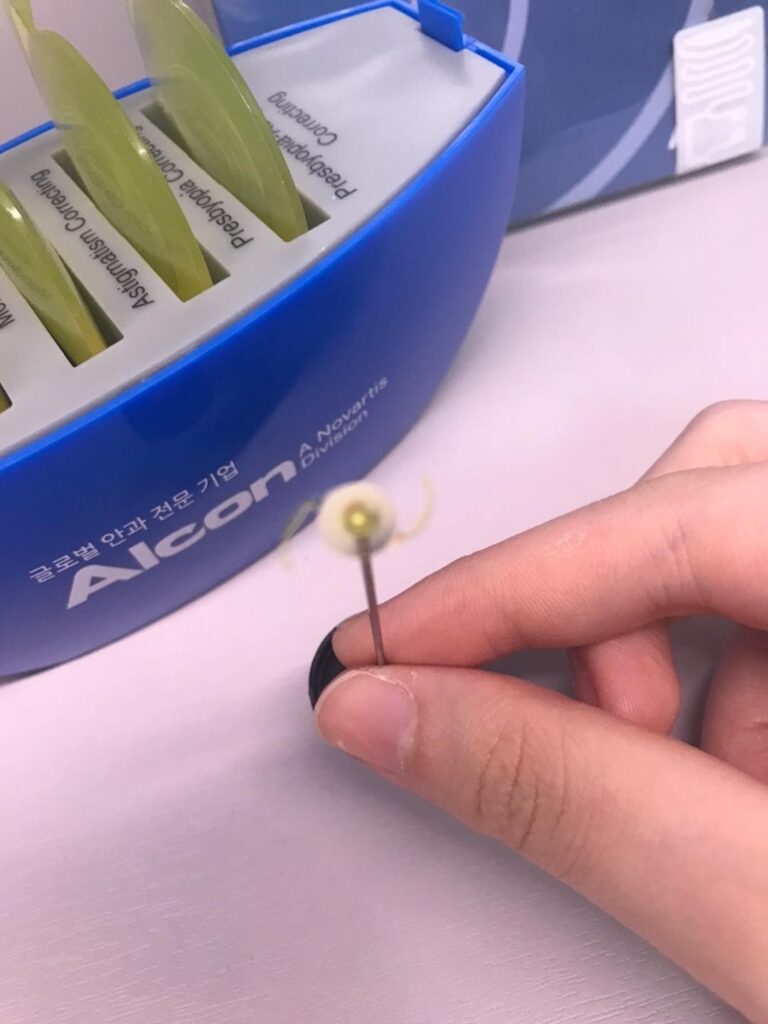As people age, it is irrepressible to stop one’s health and body from degenerating. When someone reaches the aging period where senility begins, one’s backbone gets bent, and one’s joints get frittered. This degeneration is not limited to bones and joints, but to eyes as well. Presbyopia (age-related near-work disturbance) starts due to a decrease in accommodations. Seniors with presbyopia have a hard time seeing close objects and Consequently, seniors now get to have presbyopia being hard to see close things and often have cataracts. A cataract is an illness in which the eye lens becomes continuously fostered, creating a cloudy area limiting one’s vision. The illness can be divided into three types by the location of where it occurs – nuclear sclerotic, cortical, and posterior subcapsular. Regardless of its location, cataract creates blurred or double vision as its symptom. Yet, it is curable by having surgery that replaces the blurred lens. Then, how does cataract surgery work?
Cataract surgery removes the turbid lens and inserts the artificial intraocular lens (IOLs) instead. The type of IOLs varies, including monofocal, accommodating IOLs, and multifocal lenses. Multifocal lenses have been revised since 1990 to minimize the side effects. Before multifocal lenses were set, ophthalmologists usually used monofocal IOLs while conducting surgery. While monofocal IOLs solved the initial cause of cataracts by removing the blurred natural lens, it didn’t improve one’s eyesight at all distances and presbyopia, which seniors mostly have. It only corrected the vision of one distance. On the other hand, newly developed multifocal intraocular lenses can address all the vulnerabilities of every existing intraocular lens. Instead of focusing on one distance, it can now focus on several spaces within the lense.
The critical factor that enabled multifocal IOLs to focus on both far and near distances was the usage of concentric rings engraved on the surface. By the principle of diffraction or refraction, concentric rings are present in the optical region of the lens and allow the light from far and near range to accurately form on the retina. The concentric rings help one’s screens of various distances to all focus on the retina. Therefore, this is the reason why multifocal IOLs can correct both the cataract and presbyopia.
Although the current multifocal IOLs technology can adapt to both far and near distances, the risk still exists. One thing to note here is the risk of causing glare and the halo effect. These affect the night vision, thus new changes must take place to make the technology more. This state affects night vision, so it would be a better technology if their side effects are solved as well. Also, the technology of changing the colors of the lens after entering a bright area is still in development. Future advancements in technology can definitely improve it and allow more applications of it.
By: Sungju Park


